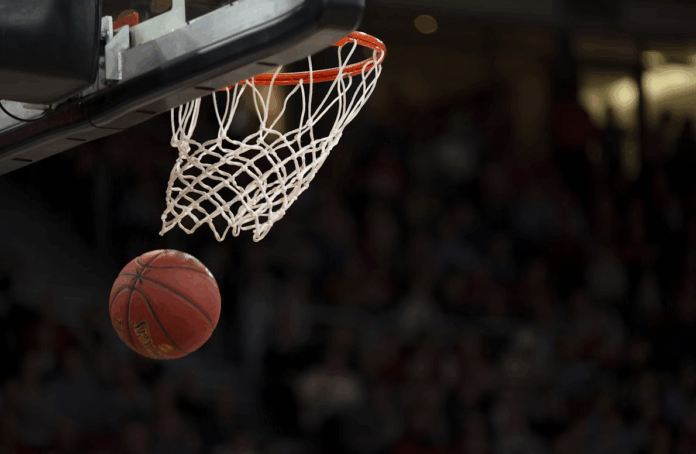Is Home-Court Advantage Declining in Modern Basketball?
Basketball has historically relied on home-court advantage. Fans, players, and coaches agree that home games are advantageous. Home teams generally won because of crowd excitement, familiarity, and confidence.
Today’s basketball is different. Travel is easier, players are more seasoned, and teams use data and planning. Many wonder if home-court advantage is still strong.
What Home-Court Advantage Really Means
Home-court advantage describes the idea that teams perform better when playing on their own court. Fans create an atmosphere full of energy and emotion, which can inspire players to give their best. The noise can also distract or pressure the visiting team, making it harder for them to focus. Many basketball lovers who Play mobile at 1xBet Ireland or simply follow live games notice how often home teams seem more confident and aggressive.
Comfort is another homecoming benefit. Players notice court lighting, floor feel, and rim sound. They don’t have to deal with travel fatigue or unfamiliar accommodations. Coaches can communicate better, and teams feel supported rather than challenged. All of these minor aspects make playing at home seem beneficial.
However, home-court advantage is no longer straightforward. Technology has improved team training to be ready for anything. This modification has begun to close the domestic-international performance gap.
Basketball ball
The Historical Power of Playing at Home
Having home court advantage used to be a big deal. Fans filled arenas and made it such that even the best visiting players could feel the pressure. The home teams got energy from the audience, which helped them build confidence and momentum during the game.
It was also harder to travel. Long flights, bad timetables, and time zone changes typically made visiting teams fatigued and less focused. When you play on the road, you have to deal with different situations and occasionally even unpleasant ones.
The fact that they were on their home court made a difference too. Players were at ease with their routine and surroundings. They knew where to find everything, like locker rooms and places to shoot. All of these things worked together to give home teams a steady advantage.
Modern Changes Affecting the Game
Modern basketball is significantly different. Charter flights, professional crew, and technology help players recuperate rapidly. Video analysis and data technologies let coaches prepare players for any opponent and situation.
Training methods have improved. Nutritionists, psychologists, and performance professionals help players focus anywhere. As a result, away games are less difficult.
Team game analysis has also evolved due to technology. Teams may analyse crowd noise, shot percentages, and player reactions in varied scenarios with thorough statistics. This understanding helps players prepare for away game pressure and adjust to unfamiliar courts.
Here are a few modern factors that have reduced the traditional home-court advantage:
- Easier and faster travel schedules for professional teams
- Better understanding of mental preparation and stress control
- Access to advanced analytics and video breakdowns
- More experienced and adaptable players
The Impact of Empty Arenas and Global Events
Basketball enthusiasts saw what happens without an audience during the COVID-19 pandemic. Players faced new issues when venues were vacant and games were monitored. The lack of fan noise showed how much atmosphere affects performance.
Many leagues worldwide reported fewer home wins than usual. Without cheers, referees made fairer calls, and athletes relied on their abilities and concentration. The home-court advantage was mostly due to emotional energy and audience support, not location.
The intellect was also powerful this time. Players who stayed calm and focused performed well everywhere. It also reminded everyone that basketball is about emotion management and motivation as much as skill.
Bottom Line
Home-court advantage may be getting weaker, but it’s not gone yet. Better training, travel, and mental preparation have made the game more balanced in the modern era. But the emotional connection between players and spectators is still strong.
Basketball is still special because of the scream of the audience, the excitement in the arena, and the pride of protecting your home floor. The human side of the game will always keep home-court advantage alive in some fashion, even though talent and strategy are the most important things. The difficulty for teams now is not to rely on it and to play their best no matter where they are.






